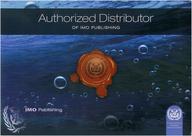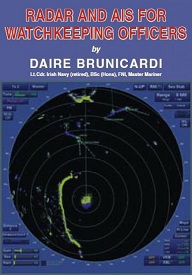Catálogo - LIBROS NÁUTICOS - Navegación Electrónica, Radiocomunicaciones
Radar and AIS for Watchkeeping Officers
Autor: Saire Brunicardi
Editorial: Brown, Son & Ferguson
Año de edición: 2012
9781849270274
Encuadernación: tapa dura
440 pág.
15,0 x 21,5 cm.
74,90€
Descripción:
This book starts with a basic description of the workings of modern radars with a level of technological detail sufficient for deck officers of all grades. While the technology is changing rapidly the book, while briefly referring to the history of the development of radar, concentrates on the equipment to be found in a modern bridge suite. This includes the setting up, adjustments and controls of the radar receiver and also the plotting computer (ARPA).
It deals comprehensively with the limitations of radar, ARPA and plotting aids in order to give the reader a full understanding of the capabilities of the equipment.
AIS is dealt with in detail giving the reader both an overview of the system and its uses, and a more detailed description of the day to day shipboard use.
The use of radar as a navigational aid is extensively covered particularly in the application of parallel indexing techniques and also concentric indexing for achieving controlled turns, something which is of great importance for manoeuvring large ships in confined waters, and also for cruise ship which cannot be heeled very much during turns.
Drawing on several excellent works on collision avoidance, ship handling and the author’s long experience as a lecturer and simulator instructor, the book covers radar/AIS as a collision avoidance tool.
The working of New Technology (NT) radar is covered in an easily understood way. Such radar systems are likely to appear increasingly on the bridges of ships, but differ in many ways from conventional radar. Ships’ officers must understand the implications which such new developments have on the radar ‘picture’ in front of them.
Radar plotting is cover in the traditional way, but also in a way that links it to the displays on ARPA or plotting aid screens. Plotting exercises are included, both the traditional and also ones based on target vectors.
Precio: 74,90 €, I.V.A. incluido (4%)
[ Volver ]


